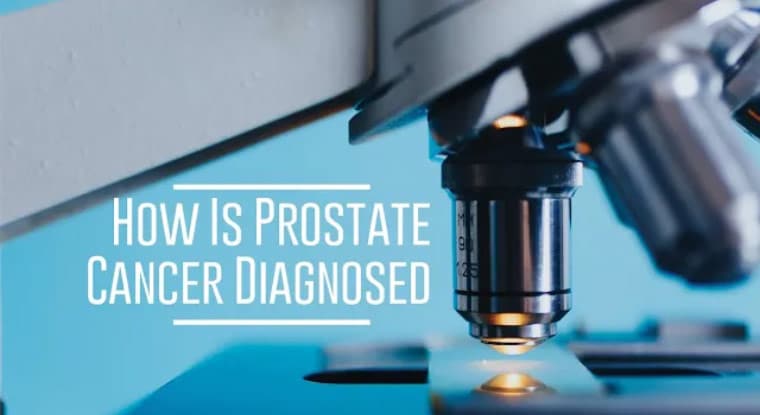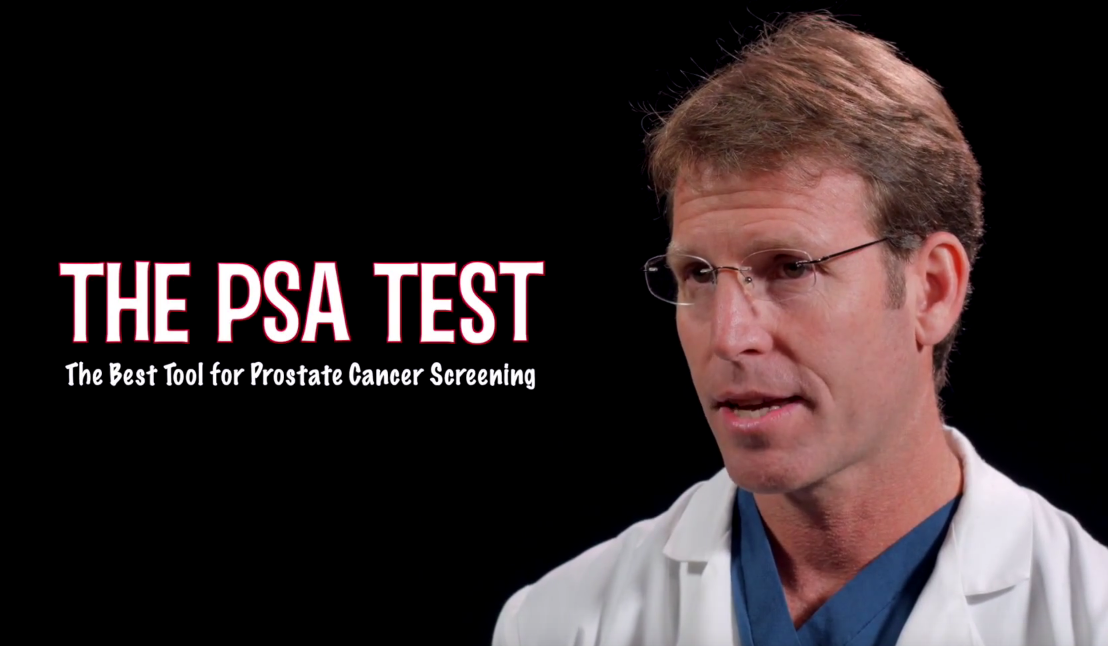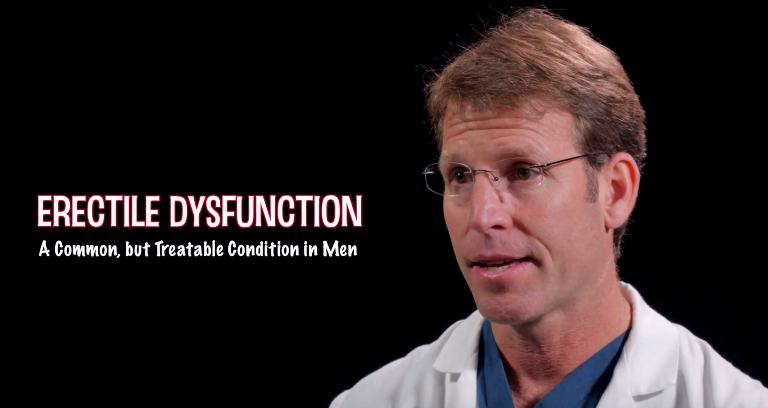Discover expert care with a specialist in the field of urology. Our dedicated team in Orange City and Daytona Beach, FL are here to help.
Continue readingMikhail Lezhak, PA-C: Bladder Cancer Symptoms and Treatment
Understand bladder cancer symptoms and treatment from Mikhail Lezhak, a physician assistant in Daytona Beach, FL.
Continue readingMikhail Lezhak, PA C: Why You Should Choose Advanced Urology Institute
Dr. Samuel Lawindy Talks About How to Treat Urge Incontinence in Women
BPH Enlarged Prostate Symptoms & Treatment
Common Urologic Conditions Are Treatable
The urinary system of the human body regulates, manages and eliminates urine waste. The organs in this system are the kidneys, ureters, bladder and urethra. But as with any organ or system of the body, the urinary system can have problems, commonly referred to as urologic diseases or urologic problems.
You can have urologic problems regardless of your age, ethnicity or gender. And when urologic conditions occur, in both men and women they have a direct effect on the urinary tract and how urine is expelled from the body. In men, urologic problems can also affect the reproductive organs.
Signs that you have urinary tract problems:
- Blood in urine
- Loss of bladder control
- Pain or burning sensation while urinating
- Pain in the lower back, stomach or groin (kidney stones)
- Trouble having or keeping an erection
- Enlarged prostate
- Difficulty urinating
- Fever
- Chills
- Pain in genitals
Urologic conditions are treatable
Urology is a dynamic and advanced field. Urologists know how to treat many urologic diseases, including cancer of the prostate. The first step in any successful treatment is to see a urologist on time. Do not delay. As soon as you experience any problems, visit a urologist for a medical exam.

Common urologic conditions
(1) Urinary Tract Infections (UTIs)
Urinary tract infections (UTIs) are the most frequent type of urologic condition, although they occur more commonly in women than men. Close to 60% of women and 12% of men experience UTIs at some point in their lives. These infections are easily treated with antibiotics, but the treatment should begin as soon as possible to avoid further infection and prevent complications.
(2) Urinary incontinence
Although many people resist seeking help because of embarrassment, urinary incontinence is treatable in most cases. The cause is usually either an overactive bladder (urge incontinence) or stress incontinence. Typically, urge symptoms come from the bladder wall and detrusor muscle and mucosa, while stress symptoms are due to the incompetence of the bladder neck or urethral sphincter.
The diagnosis of urinary incontinence can be reached through a careful patient history, thorough examination and proper tests. You may need bladder retraining, controlled fluid intake, reduction in caffeine intake, or deliberate delayed voiding to treat the symptoms. Your doctor can also recommend medication or perform corrective surgery.
(3) Pelvic Floor Dysfunction
Pelvic floor muscles support the bladder, vagina and rectum. At some point in life, particularly after childbirth, pelvic floor muscles can become irritated or inflamed. Since the pelvic floor has to relax during urination, having pelvic floor dysfunction can cause pain or difficulties. The problem is often treated through pelvic floor exercise, but when the exercises are ineffective, vaginal medications or muscle injections can be used.
(4) Prostatitis
Many urological problems in men are linked to the prostate. Prostatitis is the inflammation or abnormal swelling of the prostate. The most common symptoms of prostatitis are painful urination, fever, chills, abdominal pain, and pain in the lower back or pelvic region. If you are diagnosed with prostatitis, your doctor will recommend antibiotics to reduce the swelling and restore your prostate to normal size.
(5) Bladder and prostate cancer
The PSA test and prostate exam are great ways to check on your prostate health. Should cancer be found in your bladder or prostate, your urologist will offer lifesaving care. Prostate cancer is the second leading cause of cancer-related deaths in men. It results from the abnormal and rapid growth of prostate cells.
Prostate cancer is successfully treated when detected early, which is why men are encouraged to get checked once a year. In fact, the recommended treatment depends on the time of detection, and may include radiation, surgery or regular surveillance. Today, robotic surgery has helped to reduce the hospital stay for kidney, bladder or prostate cancer surgery to just a few days, or just one day.
(6) Prostate enlargement (BPH)
The prostate grows as you age. Over time, you may have to wake up at night to go to the bathroom or you may not be able to produce the stream of urine you once did. When diagnosed with BPH, your urologist will use various techniques to relieve the obstruction caused by the enlarged prostate. These techniques include consistent monitoring, medications, and in some cases surgery.
Your urologist may also recommend the Rezum procedure—which uses heated water vapor to shrink the enlarged prostate tissue—or the green light and thulium laser vaporization techniques, transurethral resection of the prostate, minimally-invasive thermotherapy, or a UroLift. You will likely return home the same day as one of these procedures.
(7) Erectile dysfunction (ED)
This is a common condition as men grow older. When a man in his 40s or 50s notices that his erections are no longer what they used to be, he should talk to a urologist. Erectile dysfunction is the difficulty in achieving or maintaining an erection for sexual intercourse.
Although not fatal, it can cause stress, embarrassment and a strain on your relationship. Urologists will help you determine the underlying conditions and recommend treatments. Your urologist may prescribe medications—such as PDE5 inhibitors Cialis and Tadalafil—penile injections, a penile pump or, as a last resort, penile implant surgery.
(8) Kidney and ureteral stones
Kidney and ureteral stones occur when crystal-like particles in urine develop and grow into larger masses. As the stones pass along the urinary tract, they can get blocked and cause pain. Although most stones are passed naturally, larger stones may require surgery or specific procedures to break them.
One of the most common treatments is the Extracorporeal Shock Wave Lithotripsy (ESWL) technique in which sound waves are used to break up stones into smaller pieces. Also, since kidney stones can recur, patients often need long-term care. Your urologist will advise you on how to prevent kidney stone formation and how to best manage any potentially painful stones that develop.
At Advanced Urology Institute, every day we help people solve problems they may be hesitant to talk about. Since these problems are distressing or awkward to discuss, our goal is to help make you comfortable. We are proud of the long-term relationships we enjoy with our patients. Our knowledgeable urological specialists provide carefully tailored and confidential care. At AUI, patients get a proper diagnosis and the correct treatment, and we are willing to answer any questions you may have about your health.
If you suspect you have a urological problem, we encourage you to make an appointment at one of our many locations. For additional educational resources on urologic conditions, visit the Advanced Urology Institute website.
Ways to Pass Kidney Stones
Kidney stones can be a painful and difficult experience for the many men and women who get them. These stones are hard deposits of minerals that build up in the body and cause blockages in the urinary tract. The blockages can make it very painful and difficult to urinate. In addition to difficulty urinating, the stones can cause nausea as well as pain in the groin and abdomen. Luckily, there are many ways that urologists can help speed up the process.
 Finding the best way to help a patient to pass a kidney stone depends on several factors. Not all patients are the same, and the size and difficulty of their kidney stones vary as well. If the stones are smaller than 5 millimeters, the urologist will want the patient to try and pass them naturally. This is the least invasive way to pass kidney stones, although it may not always be possible. Drinking lots of liquids for frequent urination is the key for this method. Urologists may also recommend movement like bicycling and jumping jacks to help dislodge the stones naturally.
Finding the best way to help a patient to pass a kidney stone depends on several factors. Not all patients are the same, and the size and difficulty of their kidney stones vary as well. If the stones are smaller than 5 millimeters, the urologist will want the patient to try and pass them naturally. This is the least invasive way to pass kidney stones, although it may not always be possible. Drinking lots of liquids for frequent urination is the key for this method. Urologists may also recommend movement like bicycling and jumping jacks to help dislodge the stones naturally.
If passing naturally is not an option, then medication may be the next step. Urologists will use some of the same medications that are used to treat an enlarged prostate. Medication like Flomax helps relieve pressure on the urinary tract by relaxing the muscles in the prostate. This allows for easier urine flow and can help the patient pass the stones.
Another treatment option that makes passing stones easier is called shock wave lithotripsy. This treatment uses a machine pressed up against the patient’s body that targets water waves directly at the kidney stones. With as many as 2,500 waves per treatment, these waves break the kidney stones into small, sand-like particles. The sandy remnant is then easily passed during urination.
In some cases, a more invasive treatment may be needed to remove the stones from the body. A surgeon may use a scope fitted with a medical laser to enter the patient’s urinary tract through the penis. They can then use the laser to break the stones up into smaller fragments for easier passing. This method is sure to help pass the stones, but a urologist may prefer to try more natural methods first.
There is no single method to passing kidney stones. What matters most is making the process as fast, safe and pain-free as possible. For more information about kidney stones, visit the Advance Urology Institute website.
Surgical Options for Overactive Bladder
If you feel frequent, sudden urges to urinate that you cannot control, you might be suffering from overactive bladder. This condition can lead to feelings of embarrassment or shame, but it’s a common problem and can be treated in a variety of ways. For many people, overactive bladder can be treated with lifestyle changes such as special diet, weight loss, regularly timed trips to the bathroom, and exercises to strengthen the pelvic floor. Dealing with symptoms by using absorbent pads is also an option.
 However, for some people, these methods are not enough to ensure they can live a healthy, fulfilling life. In these situations, surgical intervention is an option to correct overactive bladder problems.
However, for some people, these methods are not enough to ensure they can live a healthy, fulfilling life. In these situations, surgical intervention is an option to correct overactive bladder problems.
Augmentation Cytoplasty
One of the options for treating overactive bladder is called augmentation cytoplasty. This procedure increases the size of the bladder. The surgeon accomplishes this by removing a small part of the intestine and using it to replace parts of the bladder in order to increase its capacity. For some people, this procedure allows them to resume normal bladder function. For others, the use of a catheter may be necessary for the rest of their life.
Urinary Diversion Surgery
Another surgical treatment option for overactive bladder is urinary diversion surgery. This procedure involves diverting urine from the bladder. One option for bypassing the bladder involves linking the ureters, which normally connect the kidneys to the bladder, to an ostomy bag outside of the body. Another option involves the creation of a new bladder inside of the patient’s body, which means they will be able to continue normal urinary function.
Bladder Removal
Bladder removal surgery, or a cystectomy, is the last resort option for patients with overactive bladder for whom no other treatment has been successful. For men, bladder removal surgery also involves the removal of part of the prostate; for women, it involves removal of the uterus, ovaries and part of the vagina. Because this is a risky procedure that involves multiple organs, it is usually only used for more serious urological conditions such as bladder cancer or birth defects. Removal of the bladder necessitates the use of a urinary diversion such as an ostomy bag or a stoma.
An overactive bladder can be a debilitating condition, but there are many options for treatment. If you are dealing with this issue, the physicians at Advanced Urology Institute are here to help you reach a diagnosis and find a treatment to restore your quality of life.
Erectile Dysfunction Treatment Options
Although it is very common, erectile dysfunction can be an embarrassing subject to discuss even with medical professionals. ED can affect men of all ages and can be caused by a variety of factors, so a wide range of treatment options are available.
How Is Erectile Dysfunction Diagnosed?
According to the Mayo Clinic, ED is the chronic inability to get and maintain an erection. It can be diagnosed by talking with a doctor, ideally a urologist, about the patient’s medical history. The doctor may perform a series of tests, including a physical exam, blood or urine tests, an ultrasound, or even a psychological examination to determine if mental health is a factor in the patient’s erectile dysfunction. Sometimes ED is connected to another underlying issue. All of these factors come into play when determining treatment.
What Are The Treatment Options For Erectile Dysfunction?
 There are many potential steps to be taken in the ED treatment process. The first step, especially when the patient is a younger man, is usually medical management. Doctors may prescribe common medications like Viagra or Cialis. Both medications are taken only when needed. They do not help cause an erection until the patient has already become sexually stimulated. They are safe, commonly prescribed medications; however, they can cause serious side effects in combination with other medicines, especially nitrates.
There are many potential steps to be taken in the ED treatment process. The first step, especially when the patient is a younger man, is usually medical management. Doctors may prescribe common medications like Viagra or Cialis. Both medications are taken only when needed. They do not help cause an erection until the patient has already become sexually stimulated. They are safe, commonly prescribed medications; however, they can cause serious side effects in combination with other medicines, especially nitrates.
For many patients, Viagra or Cialis is enough to help solve the problem of erectile dysfunction. If, however, they are not, another option is a penile injection. The initial penile injection may be given at the doctor’s office as a way to introduce the patient to the process. After this introduction, the patient can self-administer the injections at home as needed.
When these medications are not enough to solve a patient’s erectile dysfunction, another option is penile implant surgery. This is only recommended in cases where no other treatment option has been successful and when the patient’s ED has no chance of being reversed. There are a variety of penile implants on the market to accommodate a patient’s lifestyle and needs.
Erectile dysfunction can lead to feelings of embarrassment and shame, relationship difficulties and lowered self-confidence. However, there is no need to worry that these issues will last a lifetime. With the wide range of treatment options available, ED can be managed, allowing patients to resume normal sexual activity after consulting with their doctor. Our team of urologists at Advanced Urology Institute have extensive experience in working with patients experiencing erectile dysfunction. For more information, visit the Advanced Urology Institute website.
Treatments for Bladder Control Problems in Women
Urinary incontinence happens when the bladder becomes weak and urination happens by accident. Although they seldom want to talk about it, urinary incontinence affects women twice as often as men. The cause may be related to childbirth or menopause, and the structure of the female urinary tract plays a role as well.
If you suffer from this problem, it’s important to realize you are not alone. More than 33 million Americans deal with urinary incontinence or a bladder condition. Unwanted urinary activity occurs in both men and women and increasing age can be a partial cause. Is is estimated that one out of three women in the United States has a bladder problem.
 Bladder control problems can vary, from occasional urine leakage that happens when you cough or sneeze, to having sudden urges to urinate so strong you do not make it to the toilet in time. There are several basic forms of incontinence and you can have more than one condition. There is urge incontinence, where you will feel a need to urinate all of a sudden as the bladder involuntarily contracts, compelling you to urinate immediately. Another form is stress incontinence. This is caused when physical stress from coughing or sneezing, or athletic activity, puts pressure on the bladder and causes leakage.
Bladder control problems can vary, from occasional urine leakage that happens when you cough or sneeze, to having sudden urges to urinate so strong you do not make it to the toilet in time. There are several basic forms of incontinence and you can have more than one condition. There is urge incontinence, where you will feel a need to urinate all of a sudden as the bladder involuntarily contracts, compelling you to urinate immediately. Another form is stress incontinence. This is caused when physical stress from coughing or sneezing, or athletic activity, puts pressure on the bladder and causes leakage.
Some women experience overflow incontinence, which happens when you leak urine because your bladder does not empty all the way.
Assessing Causes of Urinary Leakage
When you make an appointment, your doctor or a physician assistant will ask for a thorough history of the problem, followed by a physical exam. Some simple and painless tests may be taken. Urinalysis is a test in which a urine sample is checked for traces of blood, signs of infection, nitrates, or other indications of a medical problem. You may be asked to create a bladder diary, keeping a record for a few days to track the amount of fluids you drink and the frequency and amount of urine, as well as details of urgency or leakage.
Another test may be a post-void residual measurement. You will urinate into a container, and then your doctor uses ultrasound to measure the amount of urine left in your bladder.
Treating Bladder Control Problems
- Changing your diet and performing Kegel exercises may help with both urge and stress incontinence. Additional treatments may be recommended ranging from medications to surgery.
- Medications can be prescribed, including anticholinergics (used to block neurotransmitters), antidepressants, estrogens, or nerve-stimulating drugs.
- Injection therapy involves the injection of collagen and other compounds to bulk up the urethra.
- Botox injection is another possibility. Injecting Botox into the bladder partially paralyzes muscles to help reduce overactivity.
- Surgical options are available for treating bladder control issues. They include urethral slings or mesh tape inserted to support a sagging urethra, or sacral nerve stimulation through an implanted device that calms nerves of the bladder.
It is best to make an appointment with a urologist if you are experiencing bladder control problems. Our doctors at Advanced Urology Institute have years of experience with treating bladder problems and working with patients to find the best solutions. For more information, visit the Advanced Urology Institute website.
What is Dr. Samuel Lawindy’s contemporary approach to treating overactive bladder with InterStim Therapy?
What is the impact of low testosterone on men according to Dr. Samuel Lawindy?
Dr. Samuel Lawindy: How Prostate Cancer Is Diagnosed
The prostate gland is the part of the male reproductive system that produces seminal fluid. Prostate cancer is the type of cancer that affects this organ. It is the most common cancer in men, with men over the age of 50 being at the greatest risk. It usually does not manifest symptoms in its initial stages. This is unfortunate because it means prostate cancer may not be detected until it is more advanced. Even when it does present symptoms, they might resemble other conditions such as an enlarged prostate. For this reason, before one concludes that they have prostate cancer, it is necessary that they first undergo the specific tests geared toward detecting it.
Diagnosing Prostate Cancer
There are two preliminary tests for prostate cancer. These are:
1. PSA Test. This tests for an antigen produced by and specific to the prostate. It is normal for the antigen to occur in small quantities. An unusually high level of PSA, however, may indicate the presence of prostate cancer or some other inflammation of the prostate.
 2. Digital Rectal Exam. This is very commonly used in prostate screening exercises. The doctor inserts a finger into the rectum and physically examines the prostate. If the doctor detects something unusual in the shape, mass or texture of the prostate, then there may be further tests to determine what the problem is.
2. Digital Rectal Exam. This is very commonly used in prostate screening exercises. The doctor inserts a finger into the rectum and physically examines the prostate. If the doctor detects something unusual in the shape, mass or texture of the prostate, then there may be further tests to determine what the problem is.
The two tests are not conclusive. They simply inform the urologist that something might be wrong and that the patient needs further examination. In order to test for cancer of the prostate specifically, the following procedures may be done after either of the initial tests.
A. A biopsy. A prostate cancer biopsy involves the use of a very fine needle inserted through the rectum to collect tissue from the prostate. The tissue is then tested for cancer.
B. Transrectal ultrasound. The doctor inserts a small probe in the rectum. The probe produces high frequency sounds that bounce off the prostate, producing an image of the prostate that can be projected on a screen and observed in greater detail.
C. MRI Fusion biopsy. This combines an MRI and the transrectal ultrasound to produce a clearer image of the prostate. It gives a better view of the part of the prostate that is affected. If a biopsy is to be performed later, it provides a picture of the precise area where tissue should be tested.
Early detection of prostate cancer improves the chances of successful treatment. It is important for men starting about age 50 to have regular screenings so that any cancer can be detected early. Seek out experienced and certified urologists, such as those on staff at the Advanced Urology Institute, to discuss any concerns and set up screening tests. Such examinations should be a regular part of a man’s health care.
For more information, visit the Advanced Urology Institute website.
The PSA Test, The Best Tool for Prostate Cancer Screening – Dr Matthew Merrell
Video: The PSA Test, The Best Tool for Prostate Cancer Screening – Dr Matthew Merrell
PSA exam is a blood test to determine the levels of prostate specific antigens. The tests measure the level of PSA in your body, which is then compared to the expected amount for your age. Contact a urologist now to know more about this procedure. [Read Full Article…]
Erectile Dysfunction, A Common, but Treatable Condition in Men – Dr Matthew Merrell
Video: Erectile Dysfunction, A Common, but Treatable Condition in Men – Dr Matthew Merrell
Erectile dysfunction (impotence) affects approximately 30 million men. This common problem can be a sign of a health condition that needs treatment such as poorly controlled diabetes or cardiovascular disease. Contact a urologist now and get treatment as soon as possible. [Read Full Article…]





 As you navigate through the complexities of health, the importance of personal, empathetic, and state-of-the-art care cannot be understated. Florida’s
As you navigate through the complexities of health, the importance of personal, empathetic, and state-of-the-art care cannot be understated. Florida’s 


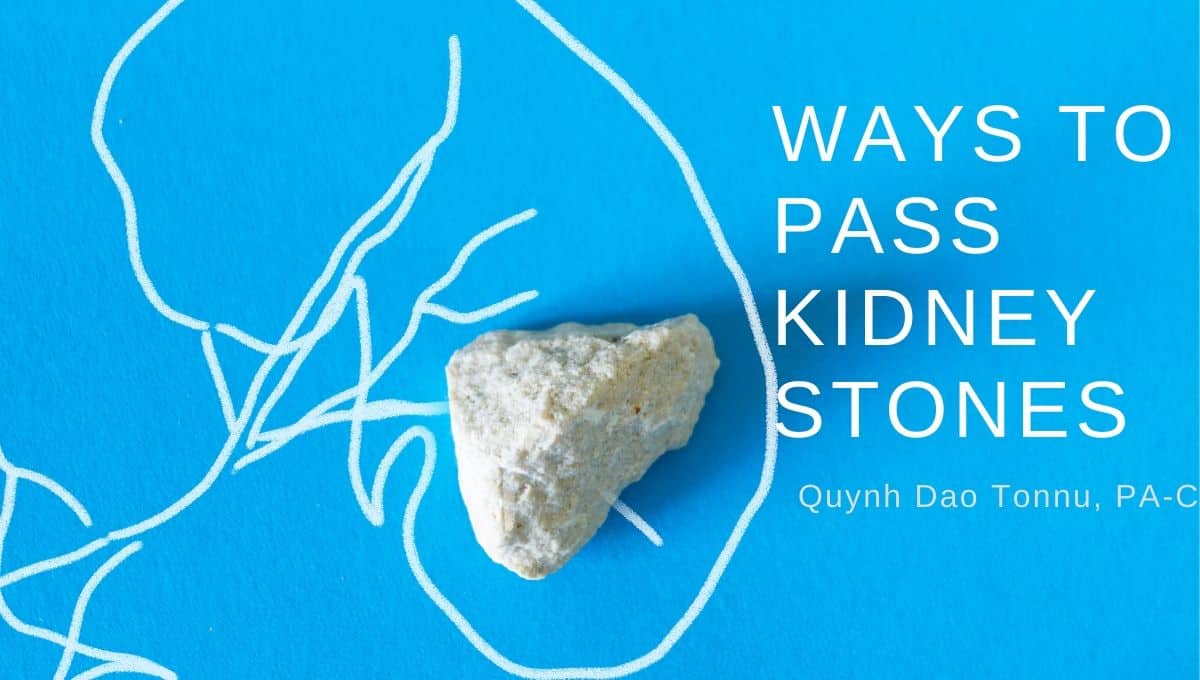
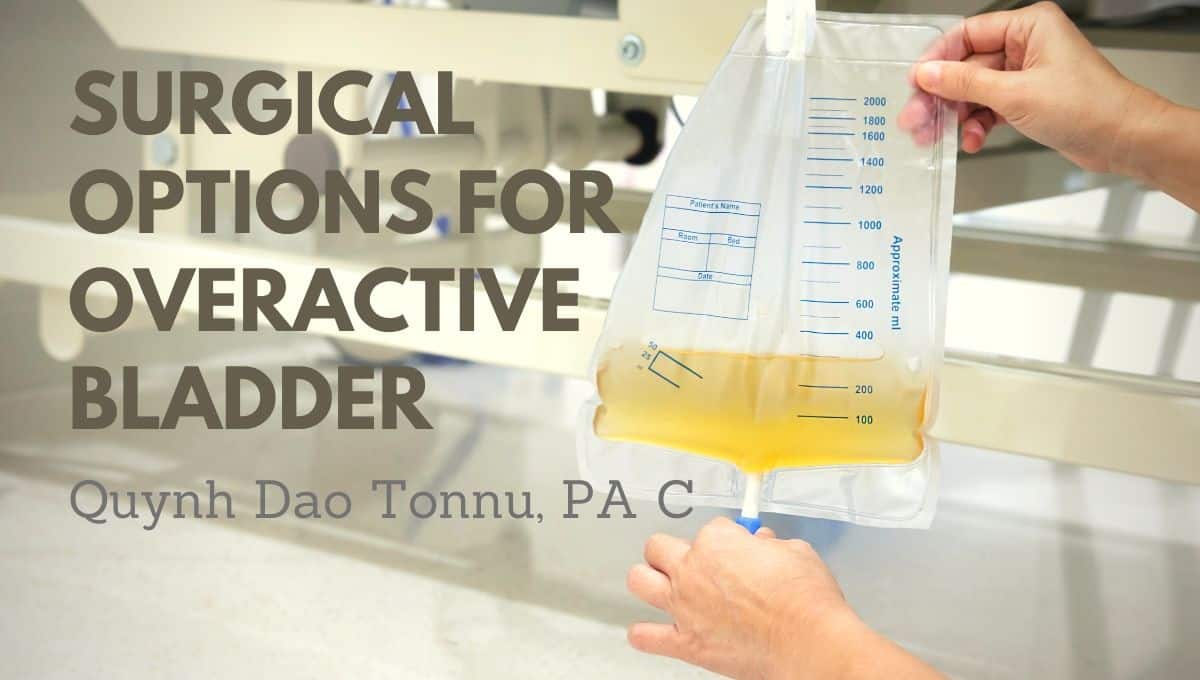
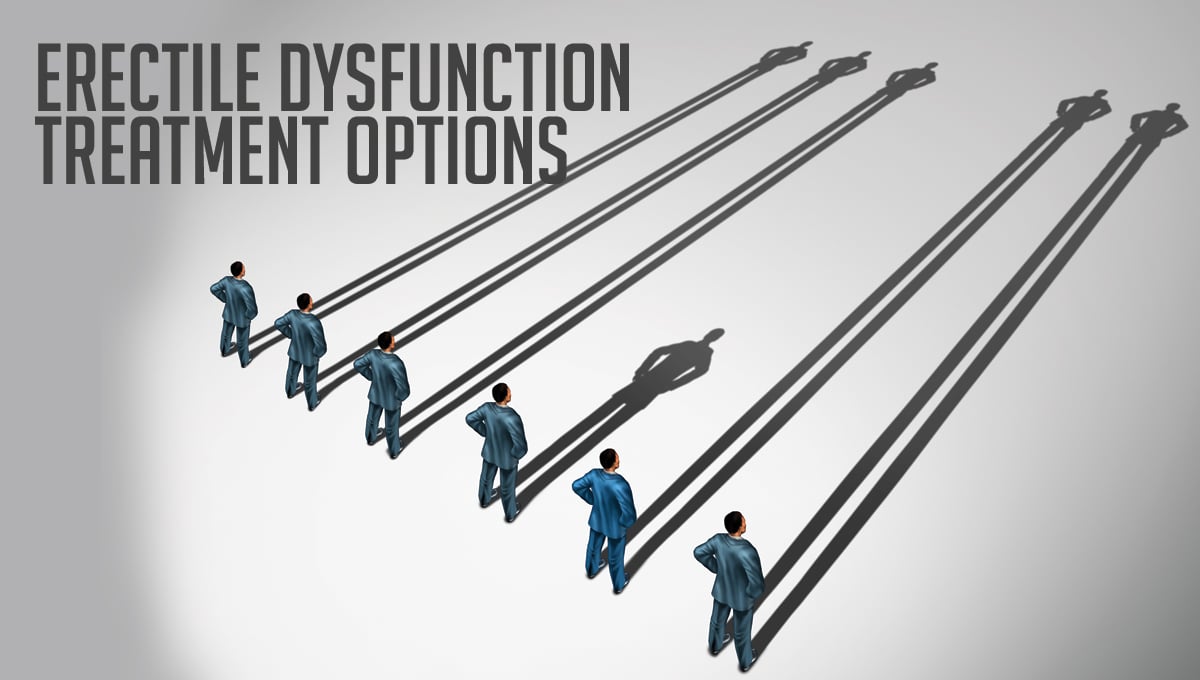


 An
An 
 1. Reduced Sex Drive
1. Reduced Sex Drive